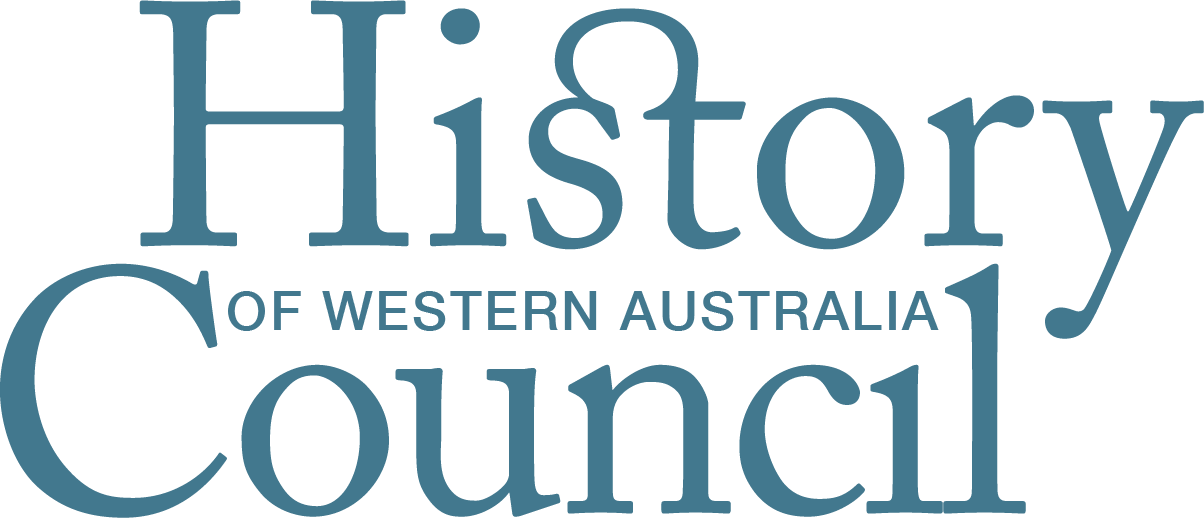A Continuing Issue: The Burrup Rock Art
Caption: Location map of the Burrup (Murujuga)
You may remember that in November, Robin Chapple, MLC Member for the Mining and Pastoral Region, called on History Council of WA members to submit comments to the Environmental Protection Authority calling for action in regard to the threat to Burrup Rock Art by the North West Shelf Project Extension & the Pluto North West Shelf Interconnector Pipeline. Many HCWA members replied within the tight deadlines set for response by the EPA and Woodside.
The Burrup situation is ongoing. After speaking with Robin Chapple early in January I learned that he is very frustrated by what he believes to be duplicitous behaviour by Woodside and the EPA who released more documents for comment on 24 December when very few agencies or offices were available to comment on them. He wrote to both Woodside and the EPA but had received no response to his concerns. In this letter Mr Chapple states that he believes ‘the timing of the … Burrup Hub to have been devious given the lack of ability for the conservation sector and indeed my office to provide any meaningful comment on the proposals outlined on the Commonwealth Department of Environment and Energy Referrals list or to the WA EPA’. He went on the suggest that if ‘Woodside is to be serious about its community relations then a postponement of these referrals’ should occur.
Concerns about the impact on the delicate ancient indigenous rock art (petroglyphs) on the Burrup Peninsula and surrounds are what led to calls for plans for North West Shelf Project Extension & the Pluto North West Shelf Interconnector Pipeline to undergo a Public Environmental Review in order to evaluate the environmental, social and cultural impacts that these projects are likely to generate. Core environmental concerns link to the probable increase and impact of pollutants and emissions in the Burrup area, which have led to suggestions for consideration of an alternative local site given the recent initiation of the process of World Heritage Listing for the Burrup area and the threat new industry represents to the successful outcome of this process.
About Burrup: Murujuga, near Karratha, is the only place on earth where the story of people and their changing environment has been continuously recorded through art for over 40,000 years. The world’s oldest images of the human face, dating back more than 30,000 years, are found at Murujuga. The area contains over one million engravings recording the lives and spiritual beliefs of the first Australians. These include extinct animals such as the Tasmanian tiger, fat-tailed kangaroos, as well as numerous species of birds, reptiles, mammals and marine animals. The art, extraordinary in its beauty and its diversity, is a profoundly significant heritage icon for Australia and the world. The art extends back tens of thousands of years — long before the 17,000-year-old Lascaux cave paintings in France, or Stonehenge or the pyramids of Giza, both built ‘only’ 4,500 years ago.
Art from Burrup
Art from Burrup
Art from Burrup
Industry on the Burrup
The huge industrial complex amongst the rock art began early: 1964 – establishment of a port of export iron ore; 1968 – large scale salt production and export facility; 1980s – natural gas processing facilities; 1995 – two liquefied natural gas production plants; 2006 – ammonium fertiliser plant; 2016 – ammonium nitrate, explosives production facility, now being commissioned, all of which increase the threat to the rocks in the area from greenhouse gases and nitrogen.
Burrup site information and images from: https://www.fara.com.au/murujuga-burrup-rock-art-conservation-project/
(Ed.)





